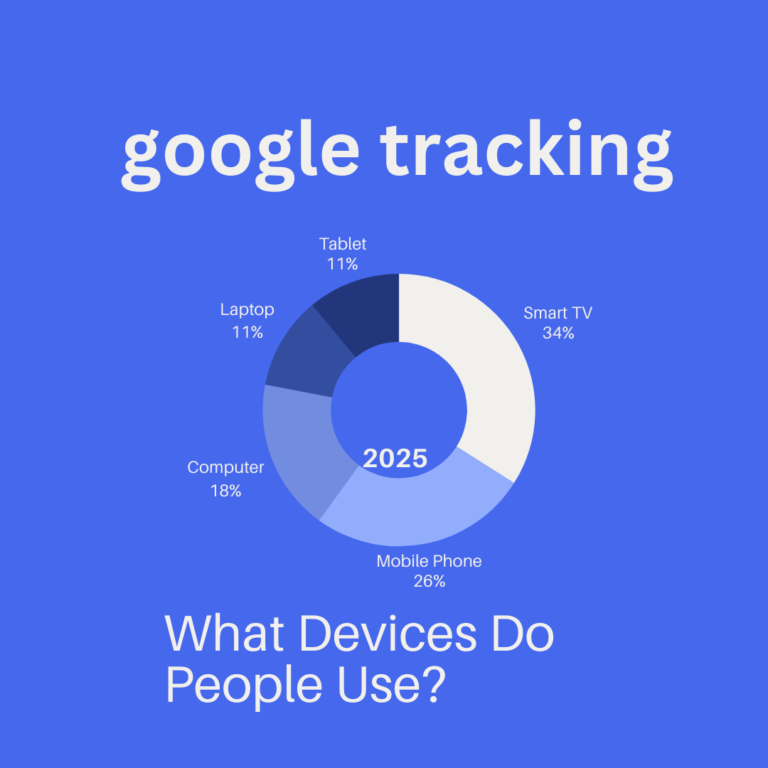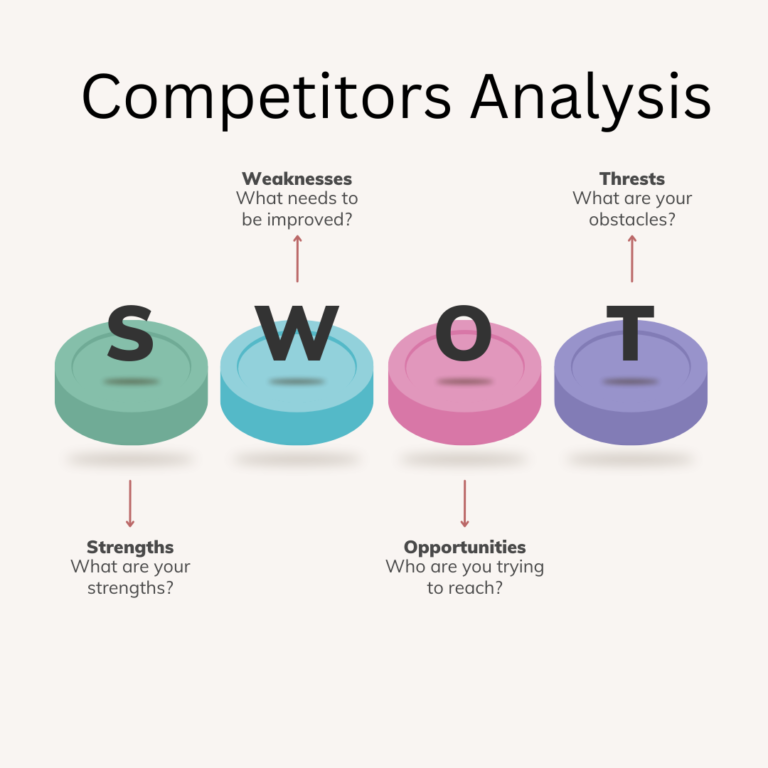
Level Up Your Online Business: A Guide to Mobile App Development
Mobile devices are everywhere. In fact, over 50% of global web traffic now comes from mobile devices. This shift emphasizes how crucial mobile apps are for online businesses today. Having a mobile app can significantly enhance your market presence and increase customer engagement. This article will guide you through the steps to develop a successful mobile app for your online business.
Defining Your Mobile App Strategy
Identifying Your Target Audience and Their Needs
Understanding your audience is essential. Start with market research to gather insights about your potential users. Use surveys or tools like Google Analytics to grasp their preferences. Creating user personas can help tailor your app to meet specific needs.
Examples of successful apps include:
- Evernote: Caters to people who need organization tools.
- MyFitnessPal: Targets users interested in tracking their health and fitness.
Defining Your App’s Core Functionality and Features
Begin with an MVP (Minimum Viable Product). This helps you launch quickly and gather user feedback. For example, if you’re creating a shopping app, include essential features like product listings and a shopping cart while postponing advanced features like augmented reality.
Common features include:
- User authentication
- Search functionality
- Customer reviews
Features to consider excluding might be complex social media integrations or extensive customization options if they do not align with your initial business goals.
Choosing the Right Platform (iOS, Android, or Cross-Platform)
Your choice of platform can impact your app’s success.
- iOS: Higher revenue potential, but smaller market share.
- Android: Larger audience, but more competition.
- Cross-Platform: Allows reach across devices but may require trade-offs in performance.
Currently, Android holds around 72% of the global market share, while iOS commands about 27%. This data should inform your platform choice.
The Mobile App Development Process
Selecting a Development Team or Methodology
You have three primary options for development:
- In-House Team: Greater control but high overhead costs.
- Outsourcing: Cost-effective and flexible but may sacrifice quality.
- Freelance Developers: Quick results but less collaboration.
Evaluate potential developers based on their portfolio, reviews, and communication skills.
Designing the User Interface (UI) and User Experience (UX)
A good UI and UX are crucial for keeping users engaged. Focus on intuitive design and easy navigation. Popular apps like Airbnb and Instagram exemplify excellent UI/UX, making user interaction smooth and enjoyable.
App Development and Testing
The development lifecycle includes:
- Planning
- Design
- Development
- Testing
Testing should be rigorous throughout the process. Implement user testing to identify bugs before launch, ensuring a smooth user experience.
Key Features for Online Business Apps
Seamless Integration with Your Existing Online Store
A unified customer experience is key. Integrating your app with platforms like Shopify or WooCommerce ensures users can navigate smoothly between your app and website. This can increase sales and reduce cart abandonment.
Personalized User Experience and Customer Engagement
Personalization boosts engagement. Use push notifications and loyalty programs to stay in touch with your customers. Data shows that personalized experiences can improve customer retention by up to 40%.
Secure Payment Gateway Integration
Security is a top priority. Implement secure payment gateways like PayPal or Stripe to handle sensitive information safely. Following security best practices protects user data and builds trust in your brand.
Launching and Marketing Your Mobile App
App Store Optimization (ASO)
Ensure your app is discoverable. Keyword research is critical for optimizing your app store listing. Create compelling app screenshots and write engaging descriptions to attract downloads.
App Marketing Strategies
Use various channels to promote your app:
- Social Media: Share engaging content to draw users.
- Content Marketing: Publish blogs and articles to create awareness.
- Paid Advertising: Run targeted ads to reach specific audiences.
Successful campaigns to study include Starbucks’ loyalty app promotion and Dropbox’s referral program.
Post-Launch Monitoring and Updates
Once your app is live, monitor its performance. User feedback is vital for improvements. Regular updates keep your app relevant and engaging.
Budgeting and Cost Considerations for Mobile App Development
Initial Development Costs
Costs can vary widely based on complexity. Basic apps may range from $10,000 to $50,000, while advanced apps could cost upwards of $100,000. Factors influencing development costs include:
- App complexity
- Platform choice
- Developer location
Ongoing Maintenance and Support
Expect ongoing costs for app maintenance, which can be 15-20% of the initial development cost annually. Providing quality customer support is essential for user satisfaction.
Return on Investment (ROI)
To measure success, track metrics like user acquisition, retention, and revenue generated through the app. Apps can increase brand loyalty and drive higher sales.
Conclusion
In summary, mobile app development is vital for online business success. Understanding your audience, defining core functionalities, selecting the right development approach, and implementing strategic marketing are key takeaways. Now is the time to invest in mobile app development and transform your online business into a powerhouse. Take action and unlock new growth opportunities for your brand today!
iOS App development – Android app development





























